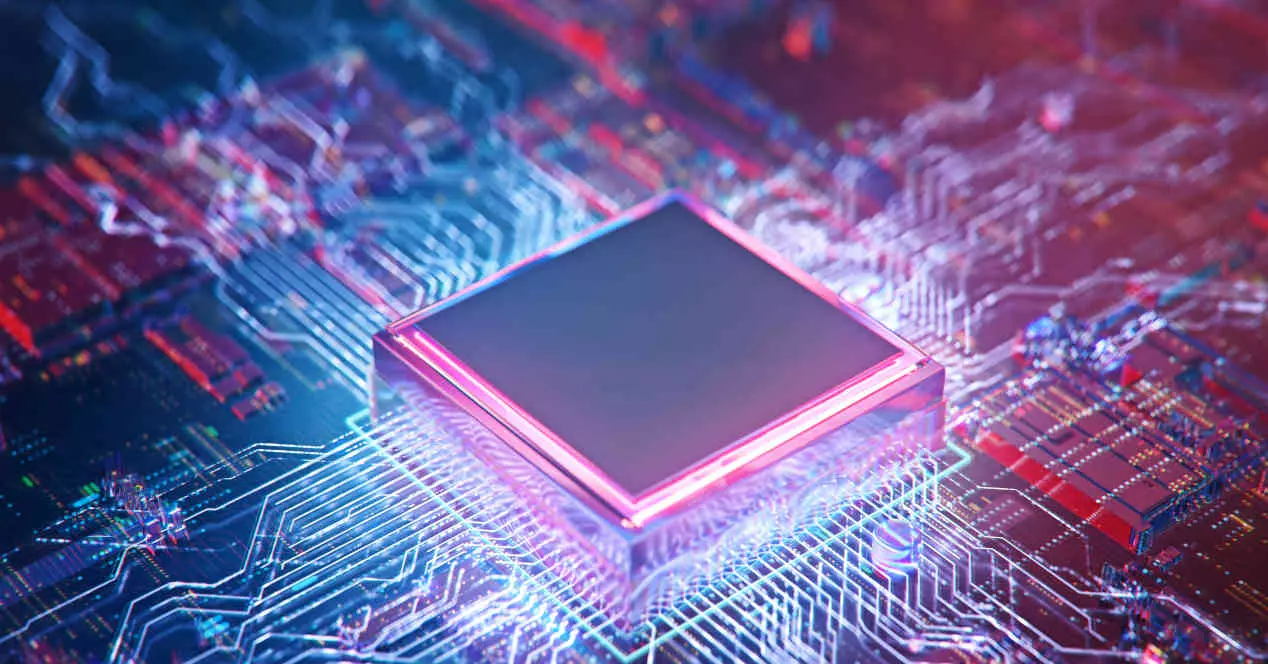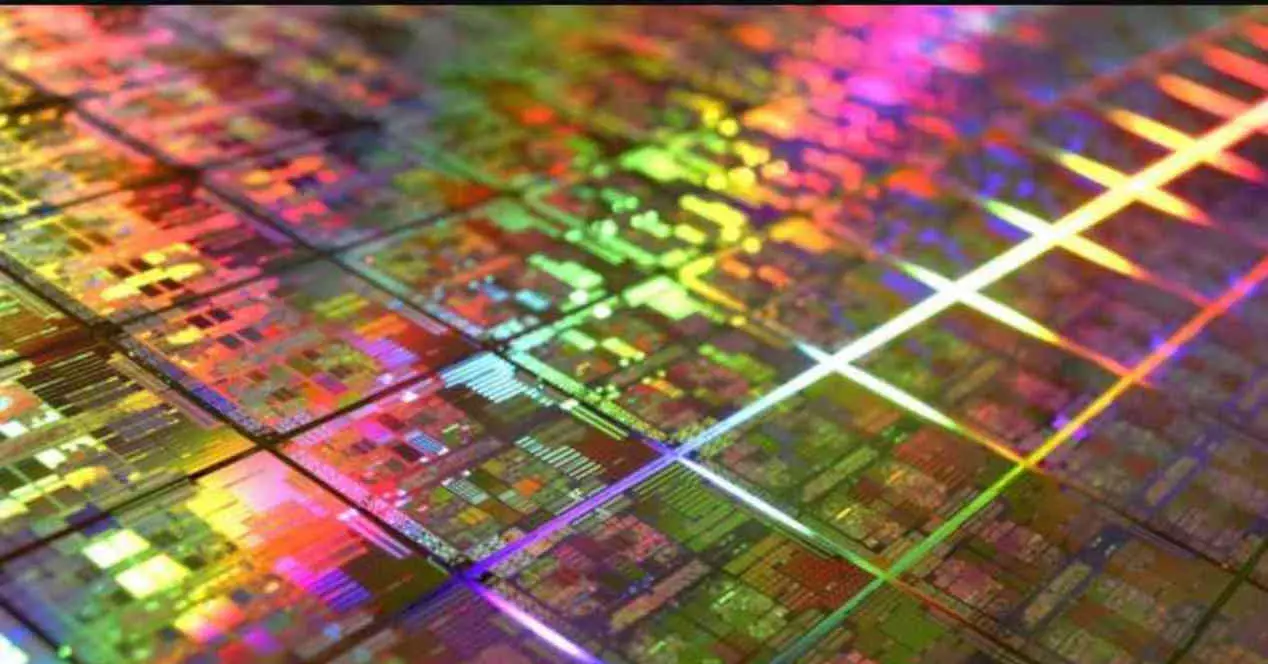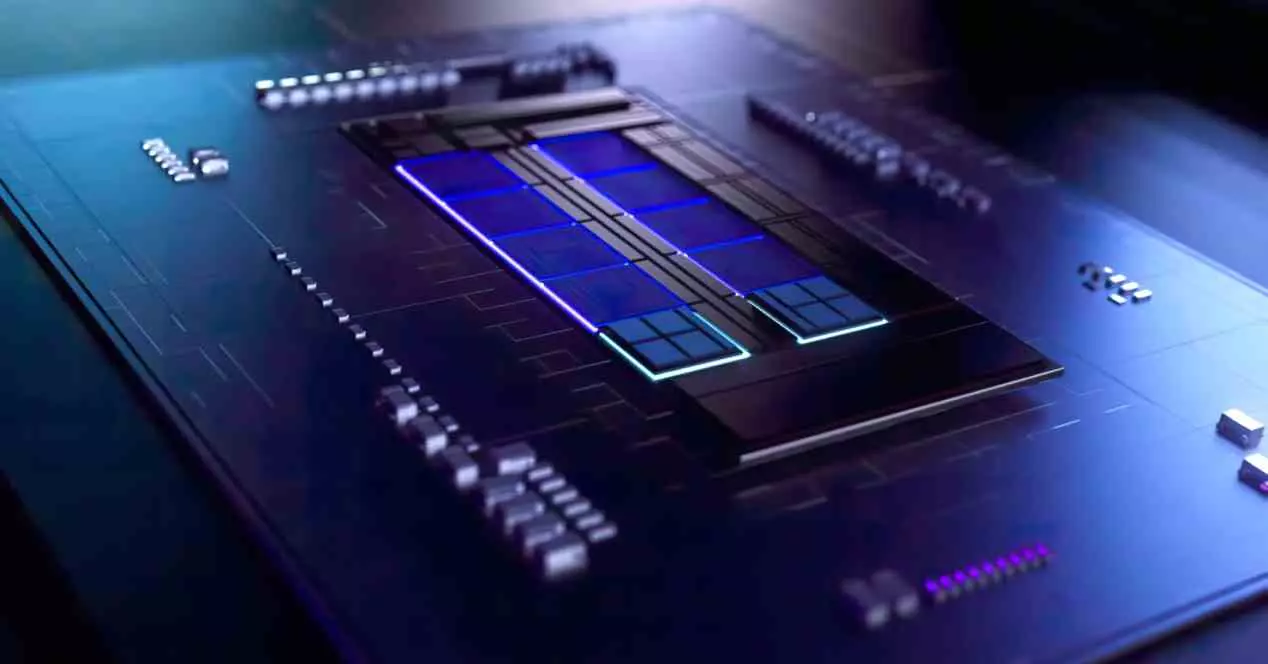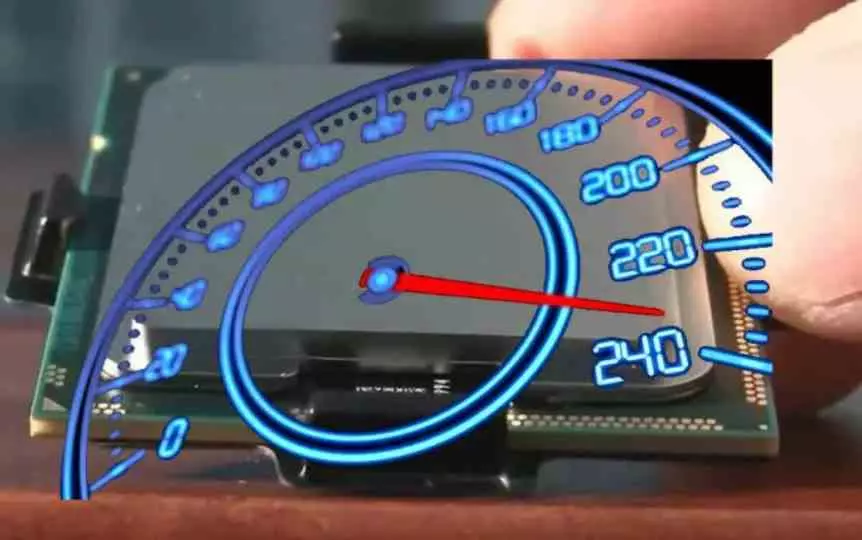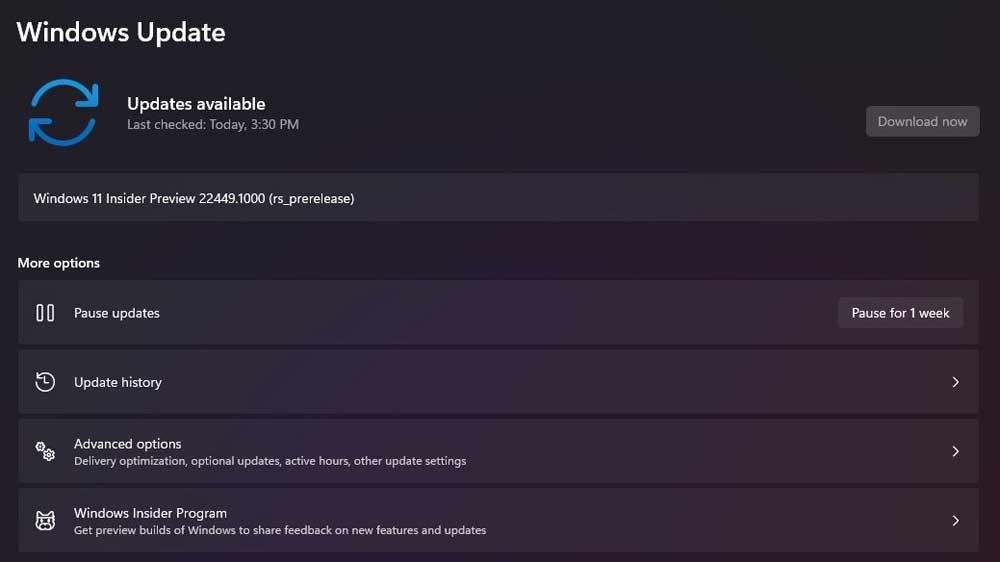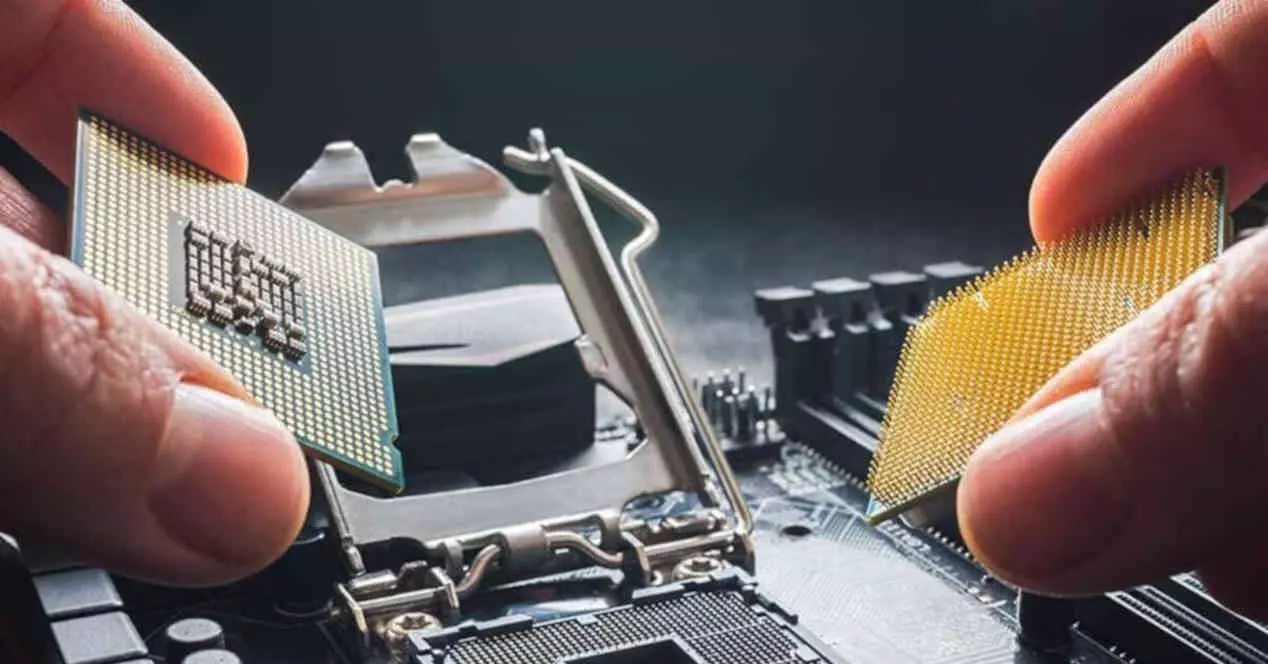
Choose the generation of the processor
Once we have chosen the processor with the highest possible number of cores, we have to make the next decision, which is to choose its generation and, therefore, its architecture.
- AMD processors have the name spelled as follows: AMD Ryzen x yz000.
- Instead, the ones from Intel are named as follows Core ix-xy000
Where:
- In which “x” can be 3, 5, 7 or 9. Where this marks the range within a family of processors and, therefore, the higher, the more powerful, but also more expensive.
- Where “y” refers to the generation of the processor and consequently to which microarchitecture it belongs.
- In which “z” refers to the model of each price segment. This is because we can find the same processors but they differ in things like clock speed.
What interests us is the second point and it is that from one generation to another changes are made to increase its performance, which translates into the average number of instructions released per unit of time and, therefore, the processes that are resolved in the processor. So that a newer generation processor within the same price range is always better.
Is the number of cores important when we buy a processor?
We have to start from the basis that each core is technically a complete processor. Chips today are called that because visually we have a single piece or, failing that, several on the same socket. In the old days, when we talked about a multiprocessor system, each core had its own chip. Now we have a chip with several cores with a structure that intercommunicates them and an interface with memory in common.
Each of the programs that run on your PC are several processes running simultaneously, some coordinated with each other and others asynchronous, but all of them are directed by the operating system. Since it is the main program and the one that tells the processor which core each process goes to. So if we have few cores available, then a contention or bottleneck is created, since there are not the necessary resources to execute said process with the necessary ease.
So having more cores is important. However, we must start from the fact that there are parts of the programs that cannot be executed in parallel and depend on a powerful processor. By simplifying a processor we can put many more cores in one area, but the part of each program that runs in series will be negatively affected. The point is reached where having many cores does not give more performance. That is why Intel and AMD have focused more on having increasingly powerful cores and not on having huge amounts of them.
Hyperthreading and SMT
Both are two trade names for the same thing, the idea that each core can act as if it were two different cores virtually, but not actually. The concept is to use what we call bubbles in execution. Which are periods in which, due to the latency between an instruction and its data, the CPU can spend some time doing nothing. The solution? Make it switch context and execute another much simpler process in that period. It is for example when any of us take advantage of the time to carry out small tasks such as going to throw out the garbage.
So that HyperThreading or SMT will give you an improvement, but it will be very slight because it will depend on the resources that the processor has free. Also, because it requires some parts of the processor to be duplicated, activating it increases power consumption and reduces clock speed. However, all operating systems today know how to use this feature and it is included in all processor cores.
Small or efficient nuclei
Because SMT or HyperThreading cannot be used on low-power systems for obvious reasons, the solution came with allocating bubble timing to smaller cores. At the beginning in a switched way and today with these working in parallel. In the PC world, it has been the Intel Core 12 that has popularized this trend. Although this time the problem is not how much they consume, but the area. Where we can see size differences between 4 and 5 times inside the chip. Although the question is whether or not this influences when buying a processor.
Small or efficiency cores are a better solution than HyperThreading and SMT when executing simple processes, so they do add up to the overall performance of the system. However, and as we have mentioned before, if a process needs a powerful core, it will not benefit. If the operating system is not optimized for these types of tasks, then it can misallocate processes to unsuitable cores. The goal in the future is for such mapping to be executed at the hardware level, but at the time of writing this article this is not yet the case.
On the other hand, saying that they do not add up is a waste of time, any additional resource that adds to the total computing power is welcome. It is better for a process to run on a lower-performing core than for it to be starved of resources by competition for resources on a larger core.
How important is clock speed when buying a processor?
The clock speed is the frequency in which a processor performs each of its tasks, so the higher it is, the more powerful it is. So once you have chosen the number of cores and the generation of the processor, you will have to look at the clock speed to choose which processor to buy. Because as we go up the clock speed the harder it is to get them, we find processors that are identical in everything, except in the number of GHz or MHz at which they work. The different between them? A considerable price difference.
Our choice when buying a processor? We think that paying more for extra speed is stupid if you leave the rest of the PC neglected, since you can use that money to improve the rest of the components. On the other hand, we must start from the fact that at certain speeds it is necessary to use more advanced cooling systems. So you should choose a box with a good ventilation system and even a good heatsink for the processor. Sometimes having the fastest CPU does not mean having the best PC, so keep this in mind when shopping for a processor.
With or without integrated graphics?
We finally have the right model for our PC, but we find that we have two different variants where the only difference is the integrated graphics or iGPU. Our point of view? Opt for the version without iGPU, since you are going to install yes or yes a graphics card in the PC and the iGPU unless we have chosen an AMD APU in general tend to be quite poor in power. That is, they serve to move the desktop of the operating system and little else. In addition, today many applications make use of the power of the graphics card to speed up certain processes, so it is recommended to have a dedicated graphics card. So it is advisable to allocate part of your PC budget to buy one.
